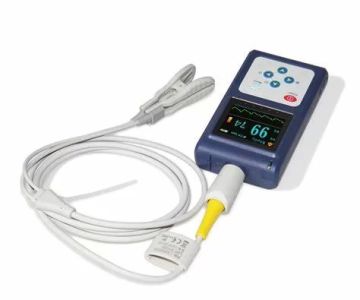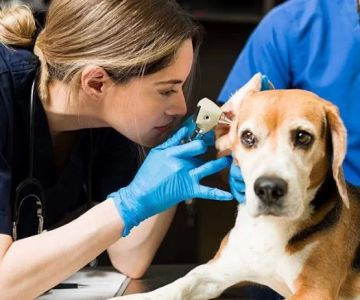- 1-Vet-Visual-Assessment-Of-Dog-Breeds
- 2-Limitations-Of-Visual-Breed-Identification
- 3-Role-Of-Dog-Dna-Testing
- 4-Case-Studies-Of-Breed-Identification
- 5-Choosing-The-Best-Method-For-Breed-Identification
- 6-Where-To-Get-Professional-Breed-Analysis
1. Vet Visual Assessment of Dog Breeds
Many dog owners ask, “Can a veterinarian tell what breed my dog is?” Veterinarians often use visual assessment as a first step, relying on their experience with breed standards, physical traits, and behavioral tendencies to make an educated guess.
This skill is honed through years of clinical practice and exposure to a wide variety of breeds.
1.1 Physical Characteristics Considered
Vets look at coat type, color patterns, size, ear shape, and body structure to help identify breeds or mix breeds.
2. Limitations of Visual Breed Identification
However, visual identification is not always accurate, especially for mixed-breed dogs. Many dogs share similar features, making it challenging even for experts to pinpoint exact breeds solely by appearance.
Age, grooming, and genetic variation further complicate visual assessments.
3. Role of Dog DNA Testing
To overcome these limitations, veterinarians often recommend dog DNA testing. This scientific approach analyzes genetic markers to identify breeds with high precision, sometimes uncovering surprising heritage.
DNA tests provide detailed breed composition and can also screen for genetic health risks.
3.1 How DNA Testing Complements Vet Expertise
Combining visual assessments with DNA results offers the most comprehensive understanding of a dog’s breed.
4. Case Studies of Breed Identification
For example, Bella, a rescue dog, was initially thought to be a Labrador mix by her vet. A DNA test later revealed her to have traces of several breeds, including border collie and Australian shepherd, explaining her energetic behavior.
Stories like Bella’s illustrate the value of combining methods for accurate breed identification.
5. Choosing the Best Method for Breed Identification
While vets can provide helpful insights through visual evaluation, dog owners seeking certainty benefit most from DNA testing. The choice depends on the level of detail and accuracy desired.
Both approaches together ensure a fuller picture of your dog’s heritage.
6. Where to Get Professional Breed Analysis
If you want to know if a veterinarian can tell what breed your dog is or are interested in detailed breed analysis, consulting professionals and accessing DNA testing services through platforms like Hidden Brook Veterinary can provide trustworthy results and expert advice.
Explore Hidden Brook Veterinary’s resources for personalized guidance on understanding your dog’s breed and health.












